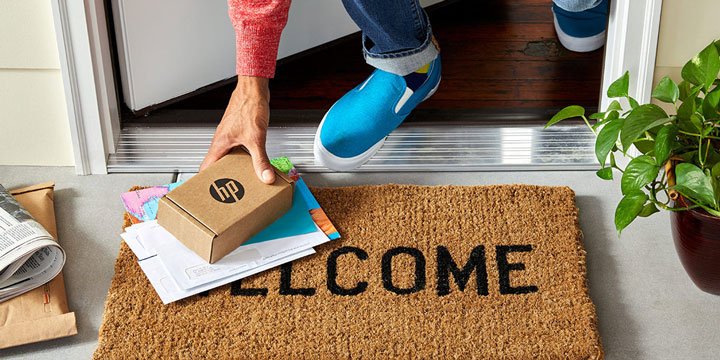How Supply Chain Optimization Helps Major Companies Go Green
Dell and HP have altered their supply chain with a greener approach, using recycled plastics and ink cartridges. This optimized production also benefits the planet.
Updated May 28 2019, 11:20 a.m. ET
Now that we’re more aware of waste company operations can create, it’s important to problem solve. How can companies begin? For example, we’ve seen Dell and the Lonely Whale foundation collaborate on saving plastics from hitting the oceans and putting them in laptop packaging. Luckily, this is just the tip of the iceberg; more and more companies are using supply chain software to find out how they can become greener.
Back in April, 25 percent of Dell’s packaging for their laptops came from plastics that would have littered the ocean. A trial run was done in Haiti where they cleaned and implemented the plastic into their packaging, and operations expanded after it was a success. They’ve been able to reuse 16,000 pounds since the efforts began, showing that changing their operations by just a fraction can make a big difference.
It’s a great blueprint for other major companies to follow in the future. They can identify a section of their supply chain that can be more sustainable, test alternative methods like using recyclable material, and it can be added in their production. However, finding the best way to do this can be a problem inside of larger supply chains.
This is where supply chain software from LLamasoft comes in. They’re able to optimize how a company operates by analyzing their design and what’s actually happening in that process. Will Lovatt, vice president of LLamasoft in the EMEA region, explains to The Telegraph that by doing this, they can determine what segments of the company releases the most carbon emissions. It also provides a way to project what will happen with other methods.
“Big companies can use software to set up models of their supply chains to identify major sources of emissions and model different scenarios, measuring the financial implication of achieving sustainability goals. By building multi-year models, they can develop and phase greenhouse gas reduction programmes, and monitor and report on progress during implementation.”
Many places are already familiar with LLamasoft with 50 percent of Fortune 500 companies using that software to build their own supply chains. These include major car manufacturers like GM and Ford, food conglomerates like Nestle and Kellogg’s, and even beer distributors like MillerCoors and Heineken. Not only has the software allowed these companies to save a lot of money and to run more efficiently, but many have added benefits for the environment.
HP uses a service that delivers new printer ink cartridges to customers as soon as their ink levels are low. When an ink cartridge finally runs dry, these can be recycled instead of thrown away and the landfill can be avoided altogether. The CBS Corporation has implemented a three-step campaign in their offices that made them use double-sided printing, recycled paper, and restricting themselves to ground shipments only.
As the new year presses on, we’ll be seeing more and more companies announce sustainable changes to their operations. Many of them can ultimately improve their bottom line and they’ll be saving our planet at the same time.

